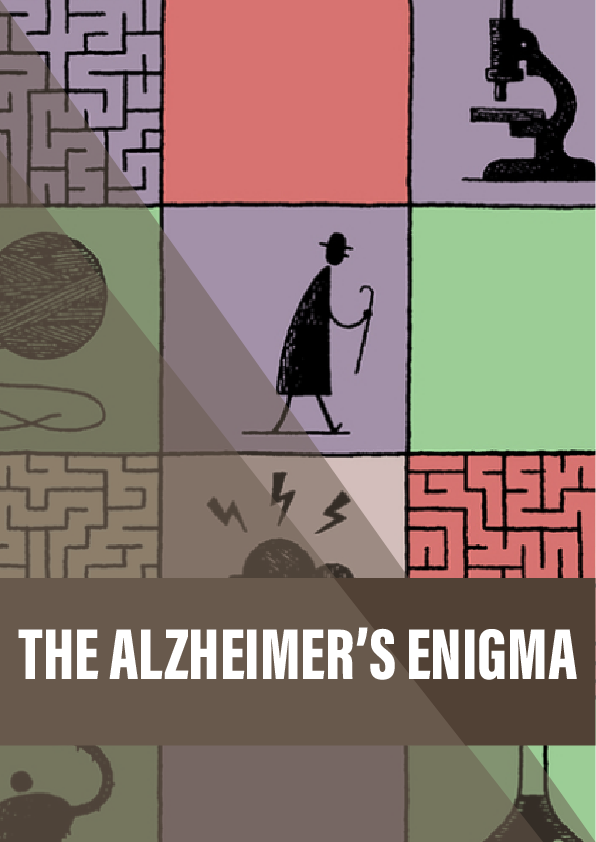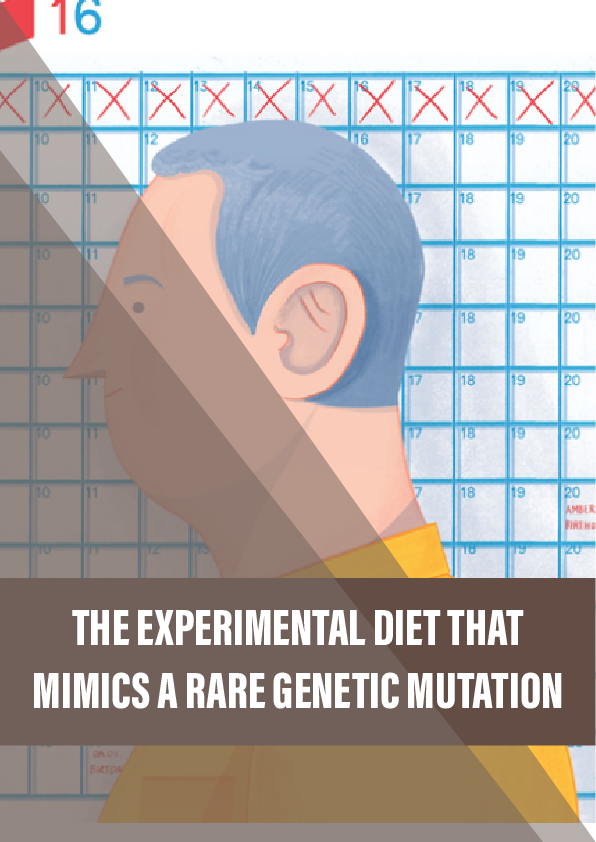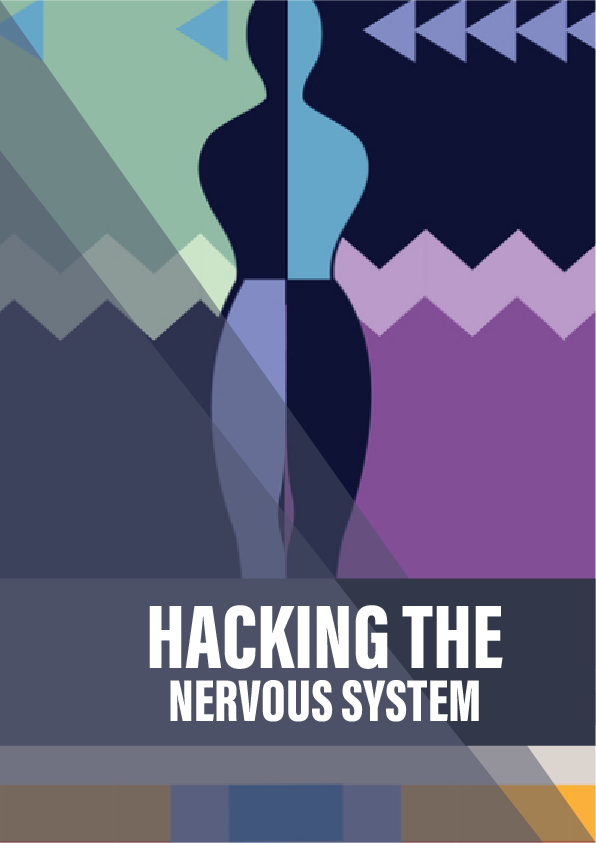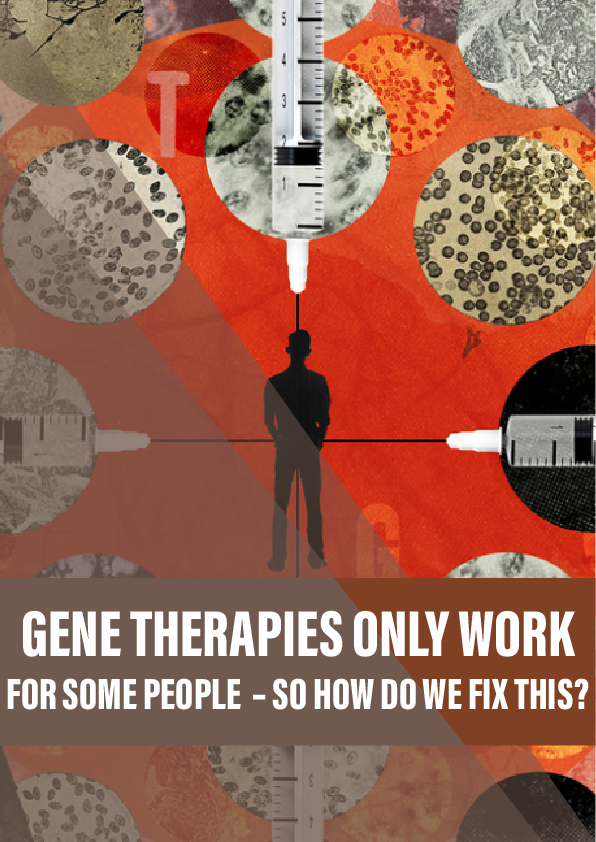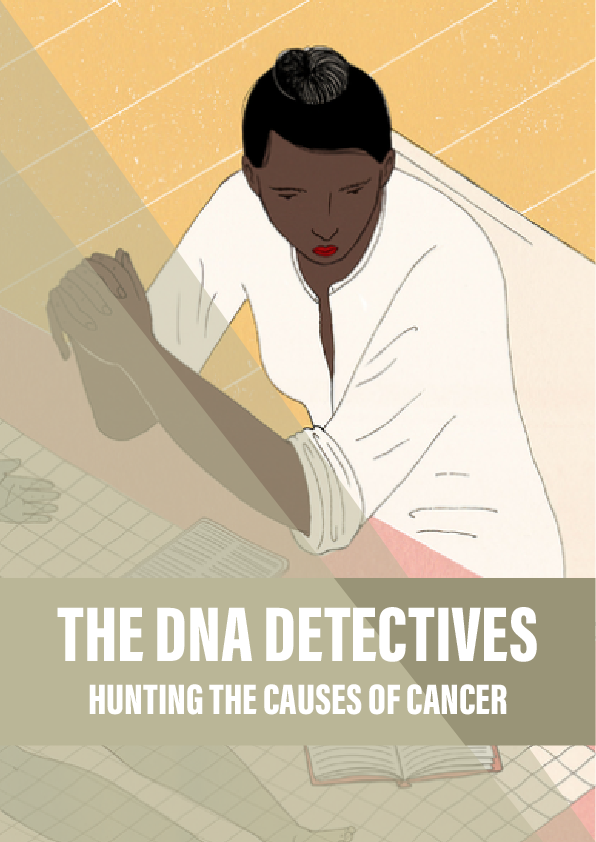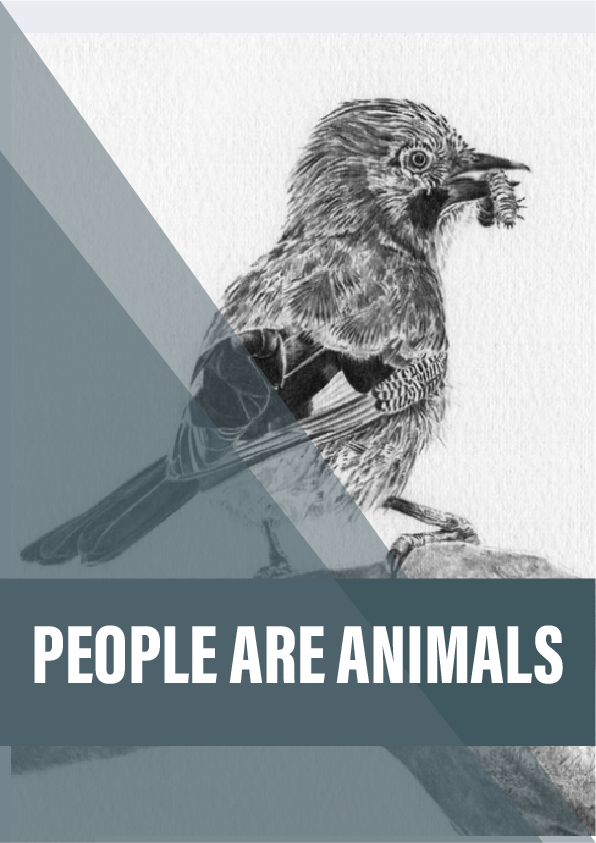The cause of Alzheimer’s disease has troubled the science world’s best detectives. Michael Regnier asks: can such a mystery really be solved if we gather enough clues?
The King of Crete demanded that, to atone for the death of his son, the city of Athens send him seven young men and seven young women every seventh year. When they arrived in Crete, they were sent into the Labyrinth, at the centre of which lived the Minotaur, a monstrous creature with the body of a man but the head of a bull. If the Minotaur didn’t kill the young Athenians, they were condemned to wander the tortuous maze, losing first their way and eventually their lives.
This human tribute had been paid twice when Theseus, a prince of Athens, took his place among the 14 youths. In most retellings of the myth, it is taken for granted that the hero will defeat the Minotaur in combat. But the physical fight is not the point of this story – it’s how Theseus overcame the mental challenge of navigating the Labyrinth. As well as his sword, he took with him a ball of thread, a clew, to line his path. No matter how deep into the maze he had to go, the thread would bring him out safely.
Theseus’s clew is the root of the modern English word clue, and clues are the best way to solve a mystery. They are signposts showing that a puzzle, no matter how convoluted it seems, has a straightforward solution. Real life is messier than myth or fiction, but we still tend to believe that our problems can be reduced to something manageable, if we only gather enough clues.
Reference:
- For a broad scientific review of our current understanding (and gaps in understanding) of Alzheimer’s disease, this 2012 review by Yadong Huang and Lennart Mucke in Cell is really thorough.
- Two reviews written in 2006 (to mark the centenary of Alzheimer’s first description of the disease) chart its scientific history: one is by John Hardy in Neuron, the other by Michel Goedert and Maria Grazia Spillantini in Science.
- The Mystery to a Solution by John T Irwin (1994) was my guidebook to the labyrinthine connections between Edgar Allan Poe, Jorge Luis Borges and the rest of detective fiction.
- The Murders in the Rue Morgue (1841) and The Purloined Letter (1844) can be found in many collections of Poe’s work; The Mystery of Marie Rogêt (1842) is harder to find in print but it is online.
- Similarly, more than one collection of Borges’s work includes The Garden of Forking Paths (1941) and Death and the Compass (1942); Ibn-Hakam al-Bokhari, Murdered in His Labyrinth (1951) can be found in The Aleph and Other Stories, published by Penguin.
- Information about Alzheimer’s disease is available from the UK’s two biggest dementia charities – Alzheimer’s Research UK and the Alzheimer’s Society – and from the Alzheimer’s Association in the USA.
- An article by Jim Kozubek in the Atlantic earlier this year looked at some more recent ideas in Alzheimer’s disease research.
